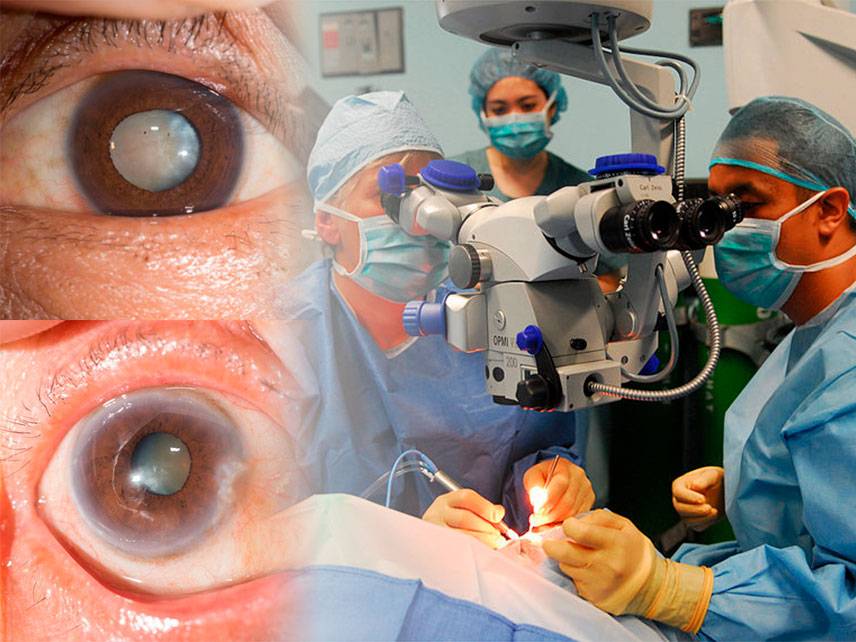Cataracts are a clouding of the lens in the eye that affects vision. They often develop slowly and can affect one or both eyes. The lens is responsible for focusing light and images onto the retina at the back of the eye. When the lens becomes clouded, it affects the way the light enters the eye, resulting in blurred vision.
Signs and Symptoms
The most common symptoms of cataracts include:
-
Cloudy or blurry vision
-
Colors appearing faded
-
Halos around lights
-
Poor night vision
-
Double vision in one eye
-
Frequent changes in eyeglass prescription
Causes
Cataracts are caused by the clouding of the lens in the eye. The lens is made up of proteins and water, which can become clumped together and form clouds on the lens, blocking light from entering the eye.
Risk Factors
The most common risk factors for developing cataracts include:
-
Age: As you get older, your risk for developing cataracts increases
-
Family history: If you have a family history of cataracts, you may be more likely to develop them
-
Diabetes: People with diabetes have a higher risk of developing cataracts
-
Exposure to ultraviolet (UV) light: Exposure to UV light from the sun can increase your risk of developing cataracts
-
Smoking: Smoking can increase your risk of developing cataracts
-
Alcohol use: Excessive alcohol use can increase your risk of developing cataracts
-
Certain medications: Certain medications, such as steroids, can increase your risk of developing cataracts
Prevention
The best way to prevent cataracts is to protect your eyes from UV light exposure and to wear sunglasses when outdoors. It is also important to maintain a healthy lifestyle with a well-balanced diet, regular exercise, and not smoking or drinking excessively.
Diagnosis
A comprehensive eye exam is the best way to diagnose cataracts. During the exam, the eye doctor will use a slit-lamp microscope to look at the lens of your eye and check for signs of cloudiness.
Treatment
The only way to treat cataracts is to have surgery to remove the cloudy lens and replace it with an artificial lens. The surgery is usually done on an outpatient basis and is relatively quick and painless.
Coping and Support
Living with cataracts can be difficult, but there are ways to cope. It is important to talk to your doctor about your symptoms and ask questions about treatment options. Your doctor may also be able to refer you to support groups or counseling to help you cope with the changes in your vision.
Complications
Complications from cataracts can include glaucoma, double vision, and retinal detachment. It is important to talk to your doctor about any possible complications and to get regular eye exams to monitor your vision.
Living with Cataract
Living with cataracts can be difficult, but there are ways to cope. It is important to wear sunglasses and hats to protect your eyes from UV light exposure and to be mindful of any changes in your vision. Talk to your doctor about any symptoms and treatment options, and be sure to get regular eye exams to monitor your vision.





